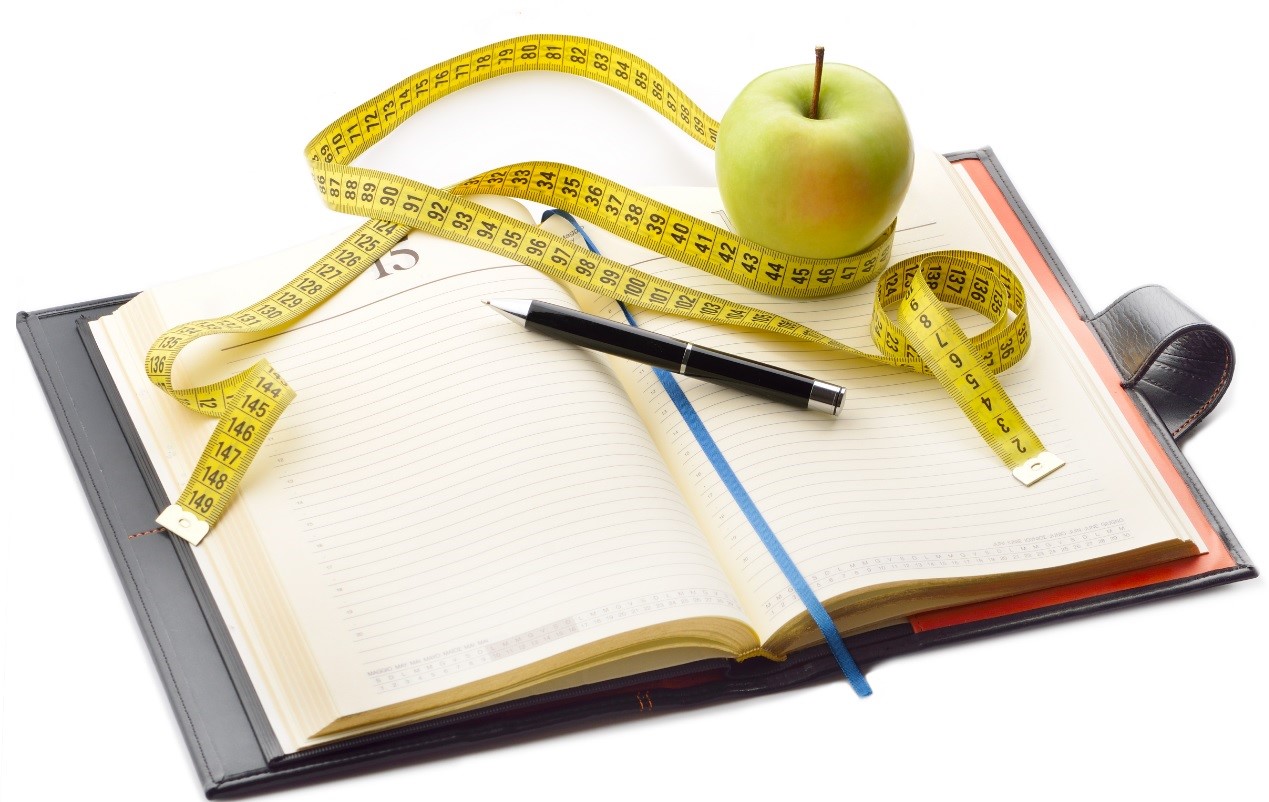How to Create a Nutrition Plan You’ll Actually Stick With
Whether your goal is to lose weight or feel better, creating a good nutritional plan is essential. But in a world filled with temptation and major time constraints, how can we be expected to stick to a stringent plan?
The solution is simple enough: your plan needs to have leeway, and it needs to be simple to execute. Besides coming up with a great list of healthy food, you need to consider your own tastes, availability of ingredients and time required both for prep and cleanup.
Storage is also a concern. Many of us like to cook early in the week and survive on the leftovers throughout the week. In addition to looking at shopping and preparation strategies, we’ll also be looking at the best ways to store food.
Know Your Seasons
Before you go off planning your delicious meals, understand you won’t be able to get everything fresh at all times of year. It won’t do to plan a list of dishes with Brussels sprouts or asparagus as centerpieces for the middle of summer, just like you wouldn’t want to look for summer squash in winter.
Start with a little research:
- Check with your local farmers for lists of what grows locally and when
- Be prepared to substitute similar ingredients (many squashes are similar, for instance)
- Compile recipes that fit the time of year
Varying your food by season will keep your tastes from getting bored and can also save you money. Seasonal foods tend to be more abundant and thus considerably cheaper.
If all else fails, don’t be afraid to buy frozen produce. Despite sometimes losing a little flavor, frozen vegetables retain more nutrients than those found on the grocery shelves because they’re frozen immediately after being picked. The sole exception is spinach, which mysteriously becomes considerably more nutritious after sitting on grocery shelves.
Leverage Your Time
Some of the tastiest meals also require the most time to set up. Shopping for a vast array of ingredients, preparing multiple pots and dishes and then cleaning up the mess can really make the desire to cheat more tempting.
Having the right tools for the job can help. A pressure cooker can help prepare meals with minimal prep and maximum ease of cleaning up (you just wash the pot). Food processors are awesome for dicing up ingredients, but remember they also need to be washed and may contain tiny parts.
You can also save yourself some trouble by utilizing apps on your phone to make shopping easier and recipes quicker to follow. Create and follow lists with apps such as Remember the Milk, and don’t forget to make good use of security apps such as Virtual Private Networks, so you aren’t stuck replacing your device.
Don’t Skip Fats and Proteins
 In the pursuit of health, we often fall into the trap of thinking the only healthy foods are twigs and berries. But a bowl of greens isn’t the only thing you need to have in a nutritious diet.
In the pursuit of health, we often fall into the trap of thinking the only healthy foods are twigs and berries. But a bowl of greens isn’t the only thing you need to have in a nutritious diet.
Portioning out fats and proteins in your diet (fish, lean white meats, or grass-fed red meats) will help you stay full and keep your palate happy. Good fats and proteins help you feel full longer, so you’re less likely to derail your nutrition plan.
They’re also necessary for properly releasing digestive enzymes. Protein is especially important, as it triggers the release of stomach acids which activate the pepsin and eventually all of the pancreatic enzymes needed to digest fats and sugars.
Beware the Leftovers
While heating up yesterday’s leftovers might be a great time saver, it’s not advisable. Reheated food loses nutritional value, and it also tires you of said food much quicker. Cook only what you’ll eat in one sitting.
If you must have leftovers, aim for those that taste good cold. Just make sure you finish them off quick to reduce waste and save yourself from cleaning out a fridge of old, disgusting food you no longer want to eat.
Another good strategy is to label food you put into the fridge. Using sticky notes with dates can help keep food from hanging around longer than it should and helps you choose a good order to eat your leftovers.
How will you build your nutritional plan? Leave us your thoughts and questions in the comments.
Author Bio: Cassie is a health-conscious mom and wellness enthusiast. Despite being busy blogging and caring for her children, she makes time in her day for nutritious, delicious meals.

